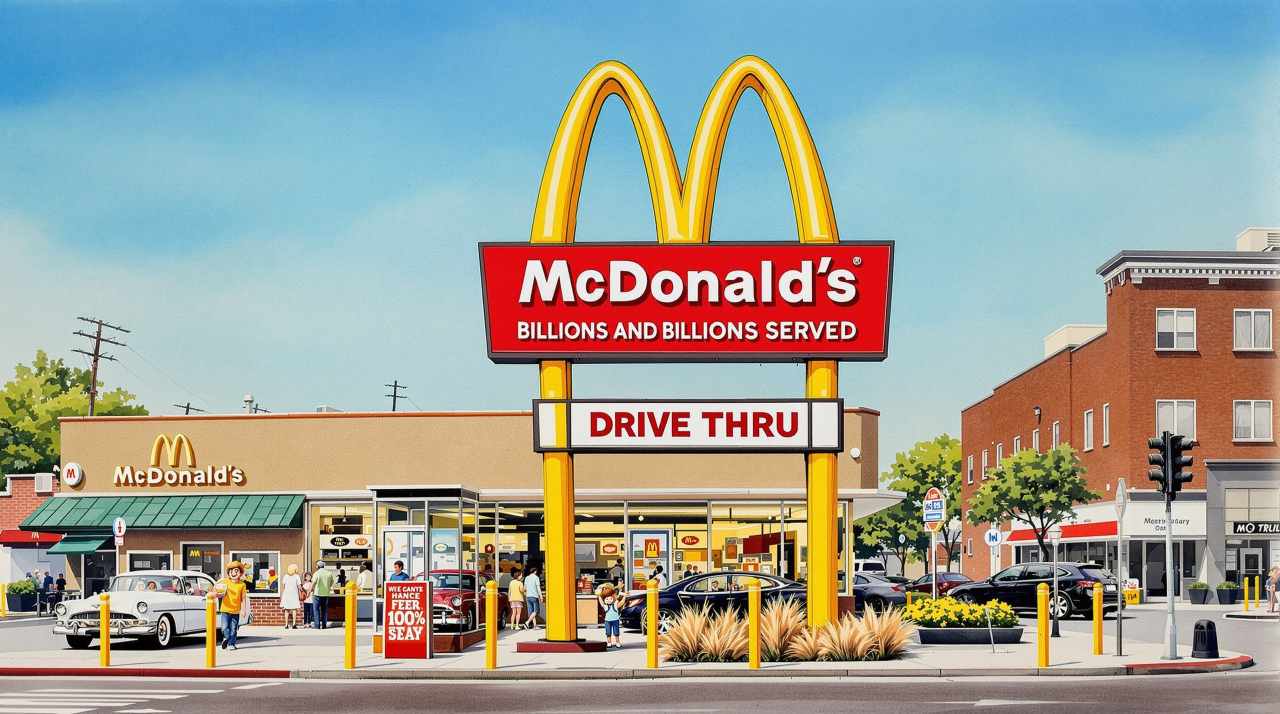
A Familiar Brand, an Unfamiliar Problem
If you’d told me a year ago that McDonald’s—the ultimate American comfort food, the place where I’ve seen everyone from construction workers to TikTok teens grabbing
fries would be facing its worst U.S. sales drop since the dark days of 2020, I’d have raised an eyebrow. But here we are: the world’s largest burger chain just reported a 3.6% year-over-year decline in same-store sales in the U.S. for the first quarter of 2025, a fall that’s sent ripples through the fast-food world and beyond. For context, that’s the sharpest drop since the pandemic forced us all indoors and made drive-thrus a lifeline rather than a convenience.
What’s Behind the Slide? Tariffs, Turbulence, and Tight Wallets
Let’s be clear: this isn’t just about people suddenly deciding to eat kale. The backdrop is a jittery U.S. economy, with consumer sentiment taking a nosedive after the Trump administration’s new tariffs rattled markets and stoked fears about job security. I spoke with a McDonald’s shift manager in Ohio, who told me, “We’re seeing fewer regulars, and the ones who do come in are skipping the extras—no shakes, no apple pies, just the basics.” That anecdote is echoed in the numbers: analysts had only expected a 1.4% drop, but the reality was more than double that.
The tariffs, which have become a political football, are more than just a headline. They’re hitting the wallets of everyday Americans, and when people feel uncertain about their paychecks, even a $5 meal deal can start to feel like a splurge. Chris Kempczinski, McDonald’s CEO, put it bluntly: “Consumers today are grappling with uncertainty.” That uncertainty is showing up in the form of empty booths and shorter drive-thru lines.
The Value Menu Arms Race
McDonald’s isn’t taking this lying down. The company has doubled down on value, extending its $5 meal deal and rolling out limited-time offers—think Big Macs bundled with collectible Minecraft Movie toys. But even these efforts haven’t been enough to stem the tide. I chatted with a college student in Chicago who said, “I used to come here twice a week, but now I’m just making sandwiches at home. Even the deals don’t feel cheap anymore.”
It’s not just McDonald’s feeling the pinch. Starbucks and Chipotle have also reported weaker sales, while Taco Bell, interestingly, managed a 9% increase in same-store sales. Maybe there’s something about late-night tacos that feels recession-proof.
The Numbers: A Closer Look
The financials tell a sobering story. U.S. revenue fell 3% to $5.96 billion, missing Wall Street’s $6.12 billion estimate. Net income dropped 3% to $1.87 billion. Globally, comparable sales slipped 1%, with the U.K. also showing weakness, though Japan and the Middle East offered some bright spots. And if you strip out the extra day from the 2024 leap year, global sales would have been flat.
Yet, in a twist that would make any Wall Street watcher scratch their head, McDonald’s shares are up more than 10% this year. Investors seem to be betting that, in tough times, people will trade down to fast food. But what happens when even fast food feels out of reach?
The Human Side: Stories from the Counter
I spent an afternoon at a McDonald’s in Queens, New York, where the lunchtime rush was noticeably subdued. Maria, a cashier who’s worked there for eight years, told me, “It’s not just fewer people—it’s smaller orders. People are watching every dollar.” She’s noticed more customers using coupons and fewer families coming in for full meals. “It’s like everyone’s waiting for the other shoe to drop,” she said.
What’s Next for the Golden Arches?
McDonald’s is betting that its value menu and relentless promotions will eventually lure back budget-conscious diners. But the broader question is whether the brand can weather a storm that’s as much about psychology as it is about economics. If the tariffs persist and economic anxiety deepens, even the most iconic brands aren’t immune.
As someone who’s watched McDonald’s weather everything from supersize controversies to the rise of plant-based burgers, I wouldn’t count them out. But this moment feels different—a reminder that even the most familiar comfort food can’t escape the chill of economic uncertainty.
